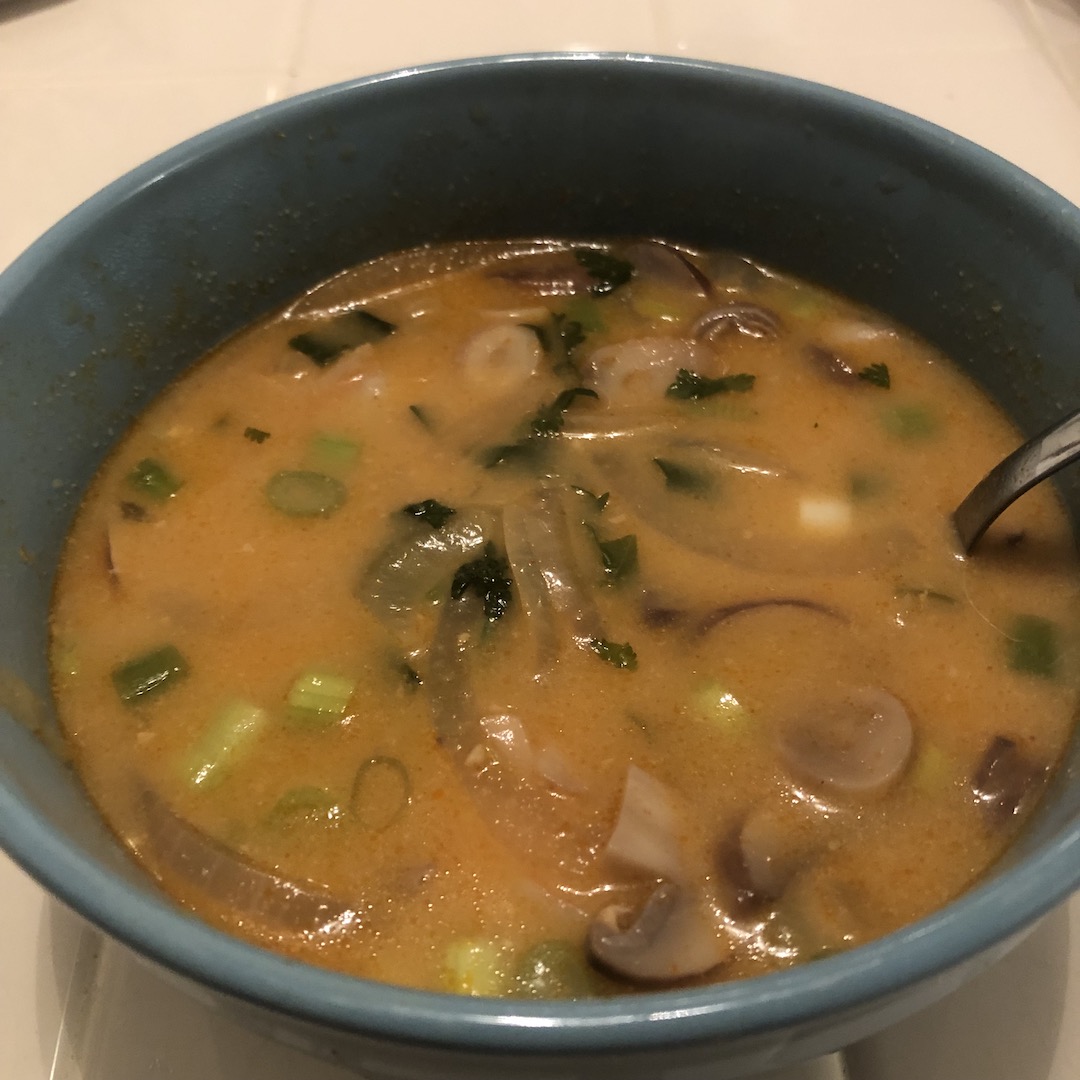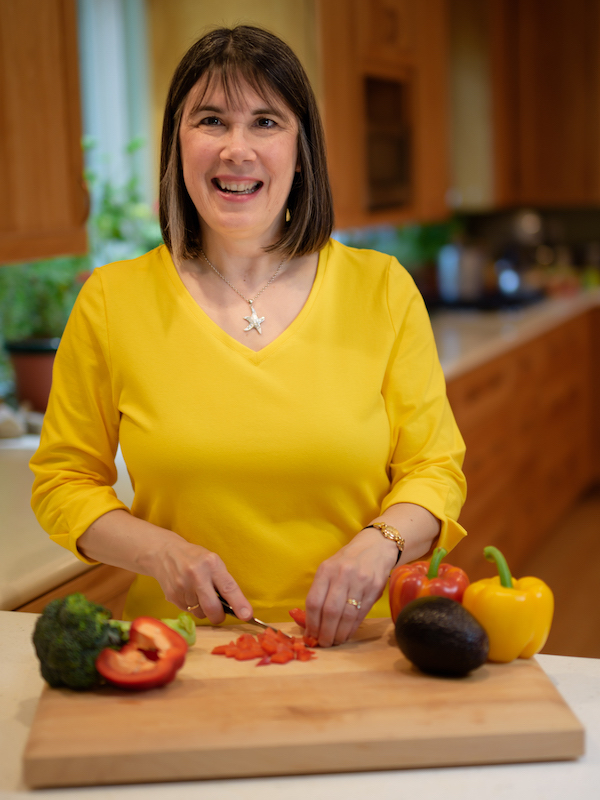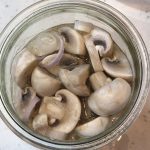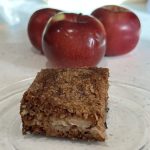
The Cooking Framework Quiz is available by clicking the button below.
Don’t miss an episode!
The button below will take you to Apple Podcasts to subscribe.
Or visit your favorite podcast provider to subscribe.
Thank you!
Transcript
Welcome to The Sensitive Kitchen. Where home cooks are inspired to Cook to Enable Those You Love to Flourish.
I’m Cindy Sullivan, registered dietitian, passionate nutrition educator, and accomplished home cook. Whether you’re changing how you cook for food sensitivities, allergies, intolerances, or just trying to eat healthier on a budget, you’re in the right place. Most episodes, I will share favorite recipes as well as modification tips, and nutrition benefits. Occasionally I’ll have a guest or special episode like modifying holiday favorites.
My favorite foods? They’re raspberries and homemade chocolate chip cookies. My latest cooking project was long fermented sourdough bread.
Hello, and welcome to The Sensitive Kitchen today. I am so pleased to welcome Rebekah Klewicki with me today.
She is one of my students who has been volunteering behind the scenes. You don’t know it, but you have been the beneficiaries of much of her work. So she has been helping me with the podcast. And today we’re going to talk about one of the recipes that she developed. It has very few allergens naturally. And I’m going to let her tell you a little bit about it, but before we do that, Rebekah, if you would introduce yourself and tell us a little bit about you.
Rebekah: Yeah. Hi, my name’s Rebecca Klewicki. I grew up in Northern Virginia with my parents, I guess some fun facts about me. I’m an only child. I was homeschooled from kindergarten all the way through high school, but currently I’m at college at Virginia tech.
I’m a junior studying human nutrition, foods and exercise with a concentration in dietetics. And my current plan is to do a combined master’s degree with an internship program and to take the RD exam, to become a dietitian after that,
Cindy: Yay, I’m so excited. I have been very thankful for Rebekah’s all Rebekah’s work this semester, but I want her to share with you about her food journey. Tell me a little bit about your food journey. How do you cook now and how did you end up here?
Rebekah: I grew up loving cooking. My mom wasn’t really a big fan, but she taught me enough to like get the basics down. And then I kind of just ran with it. I loved watching the food network and getting inspiration from all of those famous chefs.
So by probably middle school or high school, I had kind of taken over cooking for our household. So I just kind of made all of our meals and I really loved it. And I still do that. I still cook for myself. I try to eat lots of vegetables and whole grains and yeah.
Cindy: That’s awesome. Make a great role model as a dietitian. Rebekah, do you have food sensitivities or does someone in your family have food sensitivities?
Rebekah: Yeah, my mom doesn’t eat milk or wheat. So when I cook at home, I generally avoid those things. Since coming to college, I’ve discovered that I think I’m sensitive to milk. And so I currently avoid dairy in my cooking, but I will still eat wheat and gluten occasionally.
Cindy: Okay. What have been your biggest challenges cooking for food sensitivities?
Rebekah:For sure, one of the biggest challenges is when a lot of different people, when I’m trying to cook for a lot of different people who have different food sensitivities. So like my grandpa can’t have nuts and my mom can’t have milk or wheat and I can’t have milk. And just trying to combine a bunch of different things together and make a meal that everybody can eat is pretty challenging.
Cindy: That is one of the most challenging things. I agree with you. Any suggestions you have and how you manage that?
Rebekah:What I’ve found is I will try to, of course make at least something that each person can eat, but not necessarily make sure that everybody can eat everything. So I’ll like label, like this particular pie has nuts in it, but it’s dairy and gluten-free, but I also made this dessert that might have milk in it, but it’s doesn’t have nuts. And so just kind of labeling things and making sure people know what they can eat. Everybody has something, but maybe not everything is free of every allergen.
Cindy: That’s a great way to manage it. It’s I highly recommend it when you can do it now sometimes with little kids, sometimes it’s harder, but it’s a, it’s a good way to do it. Many people have tried different things. So tell us a little bit about the recipe you’re sharing today.
Rebekah: Yes. This is Tom Kha Gai soup, which is a very traditional Thai soup. My family really loves Thai food. We love going out to eat getting Thai, and this is just kind of a family favorite.
Everybody really loves this soup when we eat out, and I wanted to be able to recreate it at home and maybe make it a little bit healthier and easier use some ingredients that aren’t so difficult to find. So that’s kind of where the inspiration came from.
Cindy: That’s awesome. And I understand you developed this particular recipe. Tell me a little bit about how you develop recipes.
Rebekah: Yeah. I really like to, kind of just got to go online and find a bunch of different versions of recipes. So I’ll like look up Tom Kha Gai soup and look at three or four different recipes and kind of see what they all have in common and what I like about different versions. And I’ll generally just kind of combine them all into one that works for me. So that’s, I like to personalize my recipes, I guess. So that was about what I did for this recipe.
Cindy: That’s awesome. So tell us a little bit about how to prepare this recipe, but before you do that, want to tell all of our remind all of our listeners that the recipe will be on my website, foodsensitivitykitchen.com/episode020.
This is episode 20 and the recipe will be there. So you don’t feel like you have to take notes and write down all the ingredients and Rebekah might not even give us all the ingredients. But just in general, the sounds like it’s a pretty easy recipe to prepare even for a college student, perhaps.
Rebekah:Yeah. I find it’s pretty easy. Yeah. I guess the first step, usually you just kind of put all your aromatics in the pan. So garlic, ginger, the red Curry paste, if you’re using it, saute it all together until it’s like fragrant, which is only a minute or two, and then you add in onions and cook until those onions are soft, then I’ll generally add chicken, if I’m using raw chicken, saute that until the outside isn’t pink anymore, but it doesn’t necessarily have to be cooked all the way through.
And if you’re using any of the other options like tofu or cooked chicken or shrimp, those don’t take as long. So you can add those later in the recipe. So once all the chicken onions and spices are all mixed up other seasonings and you just kind of bring it to a boil and let it simmer for 10, 20 minutes, depending on whether you’re using raw or cooked and how cooked you like your mushrooms and the longer you let it simmer, the more the flavors will permeate through the soup so longer is generally better, but it doesn’t really have to be very long. And then you just kind of adjust for how you like your soup to taste and add some garnishes on top. And that’s really, it.
Cindy: Sounds awesome. And it sounds wonderful. And for those of you who like some different flavors than I often give on my blog, this is a fully flavored, highly flavored soup that highlights some different kinds of flavors than some of you might be familiar with any substitution. I know you’ve got a couple of tips for making it even a little bit quicker and perhaps a few substitutions. Tell us a little bit about those.
Rebekah: Yeah. The first thing that I like to do is get pre minced garlic and ginger paste. That really saves a lot of time. I know that I don’t like to grate ginger or mince garlic. So I just buy those from the produce section already prepared. So that makes it definitely a lot quicker in the beginning, the first steps. Yeah, the rest of the lemon grass. Lemongrass you can also find often as a paste like ginger. So that definitely makes things easier too.
Some of the other condiments can be hard to find at the grocery store. So for example, fish sauce, I know my local grocery stores does not carry fish sauce. So I use soy sauce instead. If you want to keep it gluten free, you can get a gluten-free soy sauce.
Red Curry paste is a very traditional flavor. It’s very unique combination of ingredients, but there’s some recommendations in the blog post for how to substitute it. You can just kind of add more of the other spices to make up for that one. Ginger and garlic. I also try to make it a little bit healthier by using light coconut milk and low sodium broth. So that’s just another substitution I make.
Cindy: Sounds like a quick, healthy, delicious lunch or dinner. Tell us a little bit about some of the nutrients in this particular recipe.
Rebekah: Oh, well it’s low calorie, especially if you use the light coconut milk and it’s very low in carbs. There’s not really any carbs in it. Very many. It’s a very good source of protein, whatever kind of protein you’re using and also has almost 20% of your daily vitamin A and 10% of your daily vitamin K intake. And it’s a very good source of potassium.
Cindy: Awesome. And as Rebekah said, if you’re watching your sodium, you use a low sodium broth and it will help keep the sodium low and you can even use a low sodium soy sauce if you end up using soy sauce instead of fish sauce.
Yep. That’s good. Rebekah, thank you so much for coming on the blog today for sharing this recipe. I know people will want to try it. If you try this recipe, leave us a comment. Either leave us a review on Apple podcasts or wherever you’re listening or go to the blog post at foodsensitivitykitchen.com/episode020, and leave us a comment.
Let us know. Did you make it like this? Did you substitute anything? We’d love to hear from you. Thanks so much for listening. Keep Cooking to Enable Those You Love to Flourish. Have a good day. Bye-bye.




